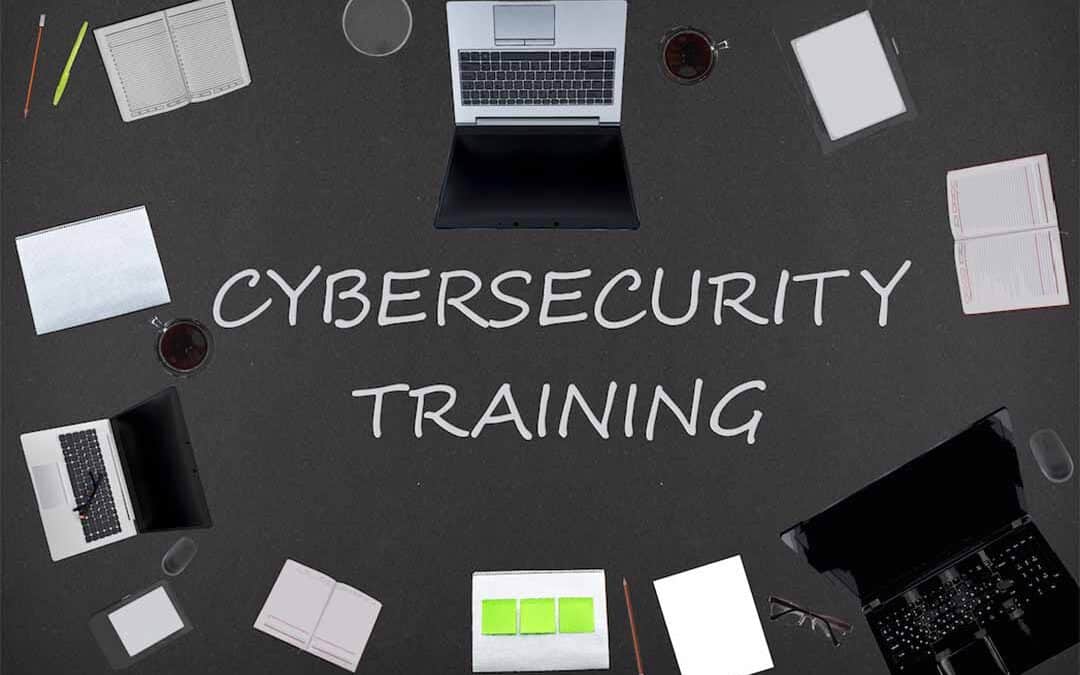A single careless click can open the door to a devastating data breach. Employees handle sensitive information daily, yet many remain unaware of how easily cybercriminals can exploit small mistakes. Hackers rely on human error—falling for a phishing email, reusing weak passwords, or unknowingly downloading malware—to infiltrate company networks. The solution isn’t just better technology; it’s better training. A well-designed cybersecurity awareness program turns employees from potential liabilities into the first line of defense against cyber threats.
What is a Cybersecurity Awareness Training Program?
A cybersecurity awareness training program educates employees about various cyber threats and the best practices to counteract them. This training encompasses understanding phishing attempts, malware, password security, and the importance of data protection. By fostering a culture of vigilance, organizations can reduce the risk of security breaches resulting from human error.
Why is a Cybersecurity Awareness Training Program So Important?
Cyber threats are constantly evolving, and attackers often exploit human mistakes to gain access to sensitive data. Employees who are unaware of potential risks can inadvertently expose an organization to phishing attacks, malware infections, and data breaches. A well-structured cybersecurity awareness training program helps employees recognize and respond to threats before they cause harm. Beyond protecting critical assets, ongoing security training fosters a culture of vigilance, strengthens compliance with industry regulations, and reinforces customer confidence in the organization’s ability to safeguard information.
5 Steps to Creating a Successful Cybersecurity Training Program
1. Assess Organizational Needs
Begin by evaluating the specific cybersecurity challenges your organization faces. This assessment should consider the nature of your business, the type of data you handle, and the current threat landscape. Conduct security audits, review past incidents, and engage key stakeholders to understand where vulnerabilities exist. Employee surveys and phishing simulations can provide insight into knowledge gaps. By pinpointing weaknesses, you can design a program that directly addresses your organization’s most pressing security concerns.
2. Develop Comprehensive Training Content
Create training materials that cover essential cybersecurity topics, ensuring they are relevant to your organization’s context. Incorporate real-world scenarios and examples to make the content engaging and relatable for employees. Use case studies of real breaches and their consequences to drive home the importance of security practices. Also, ensure training includes updates on emerging threats, as cybercriminals continually develop new attack techniques. Employees should have access to reference materials and quick guides for reinforcement.
3. Implement Diverse Training Methods
Utilize a mix of training techniques such as interactive video sessions, web-based modules, and hands-on workshops. This variety caters to different learning preferences and reinforces knowledge retention. Gamified learning experiences, simulated phishing attacks, and role-playing exercises can make cybersecurity training more engaging and effective. Consider integrating periodic refresher courses to keep employees up to date with evolving threats and best practices.
4. Establish Continuous Evaluation and Improvement
Regularly assess the effectiveness of the training program through simulations, quizzes, and feedback surveys. Use these evaluations to identify areas for improvement and update the training content accordingly. Cyber threats are constantly evolving, so a one-time training session is not enough. Regular assessments help measure employee progress and reinforce critical security practices. If employees struggle with certain topics, adjust the training approach to make it more effective.
5. Foster a Culture of Security Awareness
Encourage open communication about cybersecurity within the organization. Recognize and reward employees who demonstrate proactive security behaviors and ensure leadership sets a positive example by adhering to security protocols. Cybersecurity should be ingrained into the company culture rather than seen as an occasional requirement. Implement security awareness campaigns, newsletters, and regular discussions to keep security top of mind. Make it easy for employees to report security concerns without fear of punishment, as this will foster a proactive security mindset.
5 Essential Cybersecurity Training Topics
1. Phishing Awareness
Educate employees on identifying phishing emails and the appropriate actions to take upon encountering them. This includes recognizing suspicious links, verifying sender authenticity, and reporting potential threats. Phishing simulations can test employees’ ability to detect and respond to fraudulent messages. Emphasize that attackers often impersonate trusted sources, making it critical to verify requests before taking action.
2. Password Management
Highlight the importance of creating strong, unique passwords and utilizing password managers. Emphasize the risks associated with password reuse and the benefits of multi-factor authentication. Employees should understand how attackers use techniques like brute force attacks and credential stuffing to gain access to accounts. Provide guidance on secure password storage and regular password updates to reduce risks.
Data Protection and Privacy
Instruct employees on handling sensitive information securely, understanding data classification, and complying with data protection regulations. It ensures that personal and organizational data remain confidential and protected. Discuss best practices for encrypting sensitive data, using secure file-sharing methods, and minimizing data exposure. Employees should also be aware of regulatory requirements such as GDPR, HIPAA, or industry-specific compliance standards that dictate proper data handling.
4. Safe Internet and Email Practices
Provide guidelines on secure browsing habits, recognizing malicious websites, and avoiding unsafe downloads. Also, cover best practices for email communication to prevent inadvertent data leaks. Employees should understand the risks of using public Wi-Fi, downloading unverified software, and clicking on unsolicited links. Encourage the use of company-approved security tools such as VPNs and endpoint protection software to safeguard company data.
5. Incident Reporting Procedures
Ensure employees know the correct channels for reporting security incidents or suspicious activities. A prompt and structured reporting process is vital for mitigating potential threats swiftly. Provide clear guidelines on how to recognize and escalate security concerns. A rapid response to threats can prevent minor security issues from escalating into full-scale breaches. Regularly test the incident response plan to ensure all employees understand their role in the event of a cyberattack.
Build a Cybersecurity Awareness Training Program with Cynergy Tech!
With over forty-two years of experience, Cynergy Technology understands the complexities of establishing a robust cybersecurity framework. Our network security solutions are designed to support your organization in developing and implementing effective cybersecurity awareness training programs. From anti-phishing education and threat detection to comprehensive policy development, we offer tailored services to meet your unique security needs. Schedule a free consultation with us today to explore how we can enhance your cybersecurity posture!







